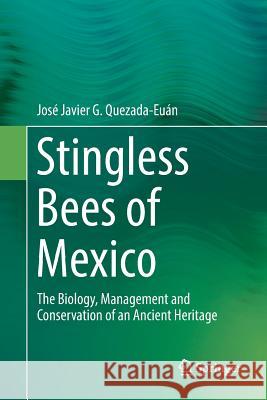Stingless Bees of Mexico: The Biology, Management and Conservation of an Ancient Heritage » książka
topmenu
Stingless Bees of Mexico: The Biology, Management and Conservation of an Ancient Heritage
ISBN-13: 9783030085391 / Angielski / Miękka / 2019 / 294 str.
Stingless Bees of Mexico: The Biology, Management and Conservation of an Ancient Heritage
ISBN-13: 9783030085391 / Angielski / Miękka / 2019 / 294 str.
cena 726,29 zł
(netto: 691,70 VAT: 5%)
Najniższa cena z 30 dni: 655,41 zł
(netto: 691,70 VAT: 5%)
Najniższa cena z 30 dni: 655,41 zł
Termin realizacji zamówienia:
ok. 22 dni roboczych
Bez gwarancji dostawy przed świętami
ok. 22 dni roboczych
Bez gwarancji dostawy przed świętami
Darmowa dostawa!
Kategorie:
Kategorie BISAC:
Wydawca:
Springer
Język:
Angielski
ISBN-13:
9783030085391
Rok wydania:
2019
Wydanie:
Softcover Repri
Ilość stron:
294
Waga:
0.43 kg
Wymiary:
23.39 x 15.6 x 1.63
Oprawa:
Miękka
Wolumenów:
01
Dodatkowe informacje:
Wydanie ilustrowane











